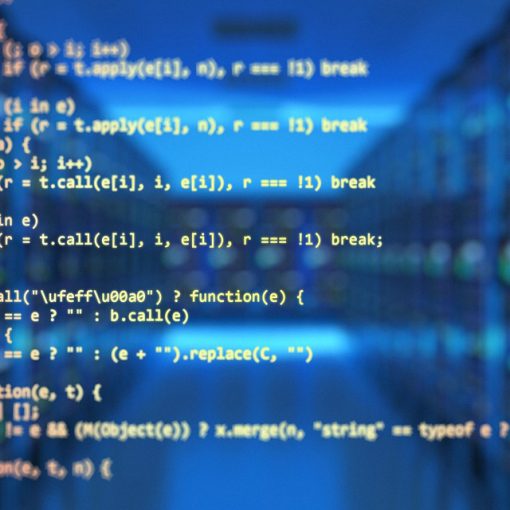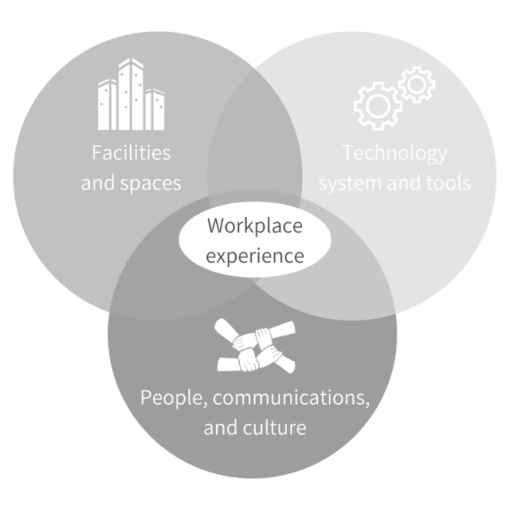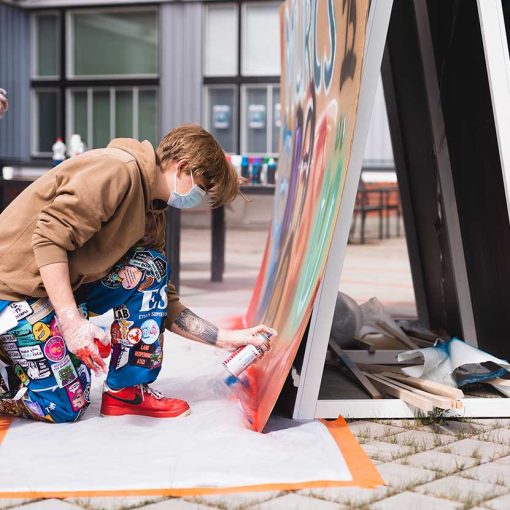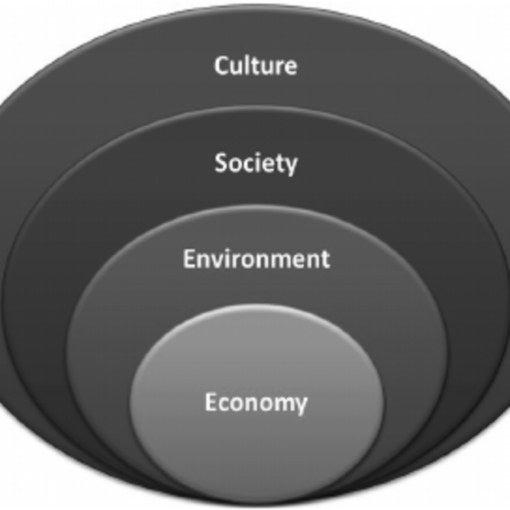Misinformation, both deliberate and accidental, impairs citizens’ ability to make enlightened collective decisions and engage in democracy and economy (Brown 2018). We learn about the world by collectively acquiring, filtering, and sharing information. Misinformation, being increasingly spread through social media, deteriorates this process. Without reliable and accurate sources of information, making reasoned democratic decisions is difficult, if not impossible. (West & Bergstrom 2021) This endangers our societal fabric.
Threat to youth trust
A recent study on the experiences and attitudes of Finnish 15–29-year-olds towards media has shown that the youth constantly encounter disinformation and fake news but have varying abilities to address it. This diverse demographic, consisting of over 900,000 Finns, read news, but their channels are dispersed. Two things raise concerns about addressing them: Firstly, half of the youth feel that their voices are not heard in the media, diminishing their trust. Secondly, the youth want content expressed in youth language, shedding hope for the future and focusing on solving societal problems from equality to climate change – even though the older media consumers may not like it. When these needs are unmet in traditional media, the youth turn to social media. (Horowitz & Matikainen 2023) Anyone can publish anything and find traction with engaging content. Digitally supercharged disinformation may be the biggest threat to democracy (Barrett et al. 2024). The results underline the importance of creating and spreading content with journalistic integrity and accuracy goals, preferably by involving the youth.
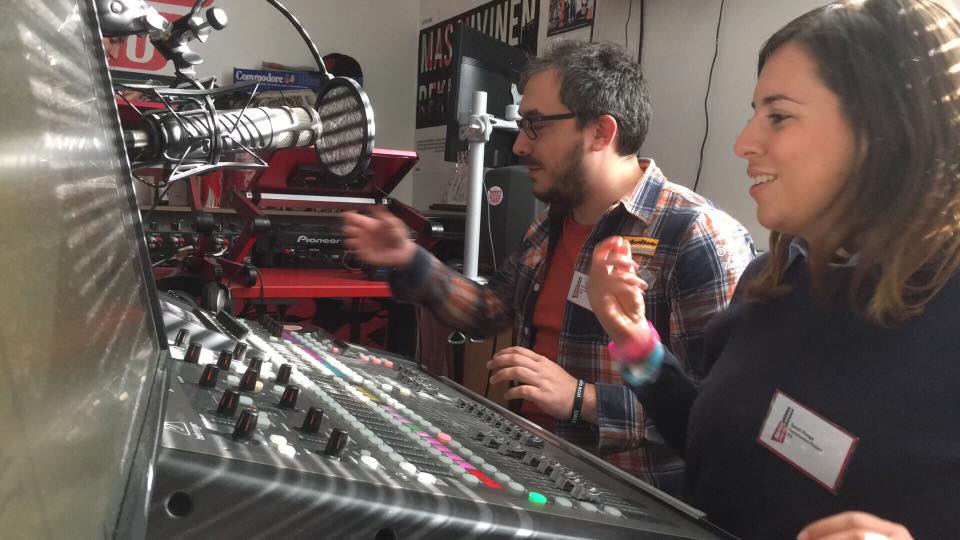
Student media to the rescue?
Student radio stations provide students with self-fulfilment and self-confidence through intrinsic motivation, leading to more creative and satisfied participation in civic society (Laor 2019). Participation in a student-driven media program promotes media knowledge, news and advertising analysis skills, and information-seeking motives. Moreover, these skills influence intent toward civic engagement. (Martens & Hobbs 2015) By focusing on issues relevant to their specific audiences, community and student media can effectively counter misleading narratives that do not align with local realities. Community media promotes media literacy, empowering people to assess and question the information they receive critically, enhancing the verification and dissemination of accurate information. (Hopkins 2022; Peissl et al. 2022).
Despite its crucial role in developing media-literate citizens, providing a voice for the youth and battling misinformation, community and student media often struggle with a lack of recognition, support and resources, such as sufficient training, equipment and funding (Peissl et al., 2022). The Erasmus+ funded project, “The creation of online micro-courses for student radio production” helps by providing online training resources for Nordic student and community radio stations (SRS 2024). The project is coordinated by the Swedish Student Radio Association SRS in collaboration with the LAB University of Applied Sciences and Turku University of Applied Sciences.
Author
Ari Hautaniemi works at the LAB University of Applied Sciences Institute of Design and Fine Arts as a project manager on the Creation of online micro-courses for radio production project (link to the project website) funded by Erasmus+.
References
Barrett, P.M., Richard-Carvajal, C. & Hendrix, J. 2024. Digital Risks to the 2024 Elections: Safeguarding Democracy in the Era of Disinformation. NYU. Cited 17 Apr 2024. Available at https://bhr.stern.nyu.edu/publication/digital-risks-to-the-2024-elections-safeguarding-democracy-in-the-era-of-disinformation/
Brown, É., 2018. Propaganda, Misinformation, and the Epistemic Value of Democracy. Critical Review, 30, pp. 194 – 218. Cited 17 Apr 2024. Available at https://doi.org/10.1080/08913811.2018.1575007
Cook, J., Lewandowsky, S., & Ecker, U., 2017. Neutralizing misinformation through inoculation: Exposing misleading argumentation techniques reduces their influence. PLoS ONE, 12. Cited 17 Apr 2024. Available at https://doi.org/10.1371/journal.pone.0175799
Horowitz, M. & Matikainen, J. 2024. Nuoret, media ja luottamuksen kokeminen -pomintoja kansallisesta kyselystä. Cited 17 Apr 2024. Available at https://www.decatutkimus.fi/uutiset/nuoret-media-ja-luottamuksen-kokeminen–poimintoja-kansallisesta-kyselysta
Laor, T., 2019. The added value of college radio: student self development, fulfillment, and confidence. Higher Education, Skills and Work-based Learning, 10, pp. 339-354. Cited 17 Apr 2024. Available at https://doi.org/10.1108/heswbl-07-2019-0089
Martens, H., & Hobbs, R., 2015. How Media Literacy Supports Civic Engagement in a Digital Age. Atlantic Journal of Communication, 23, pp. 120 – 137. Cited 17 Apr 2024. Available at https://doi.org/10.1080/15456870.2014.961636
Peissl, H., Purkarthofer, J., Bellardi, N. & Scifo, S. 2022. Community media contributions to citizens’ participation. Council of Europe. Cited 17 Apr 2024. Available at https://rm.coe.int/community-media-contributions-to-citizens-participation-en/1680a94cd5
SRS. 2024. Creation of online micro-courses for radio production. Cited 17 Apr 2024. Available at https://studentradion.se/erasmus/
West, J., & Bergstrom, C., 2021. Misinformation in and about science. Proceedings of the National Academy of Sciences, 118. Cited 17 Apr 2024. Available at https://doi.org/10.1073/pnas.1912444117
Links
SRS. 2024. Creation of online micro-courses for radio production. Cited 29 Apr 2024. Available at https://studentradion.se/erasmus/

